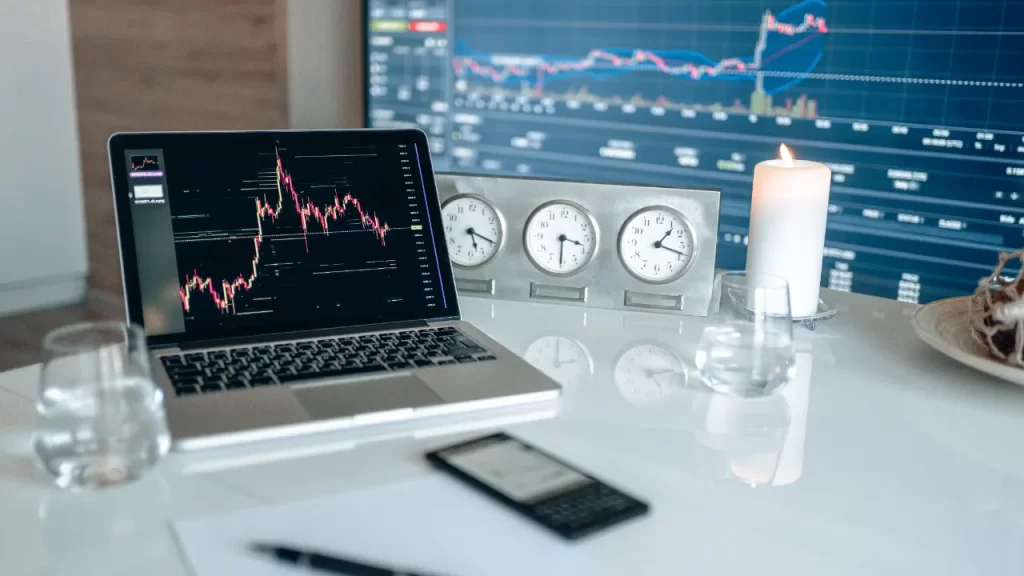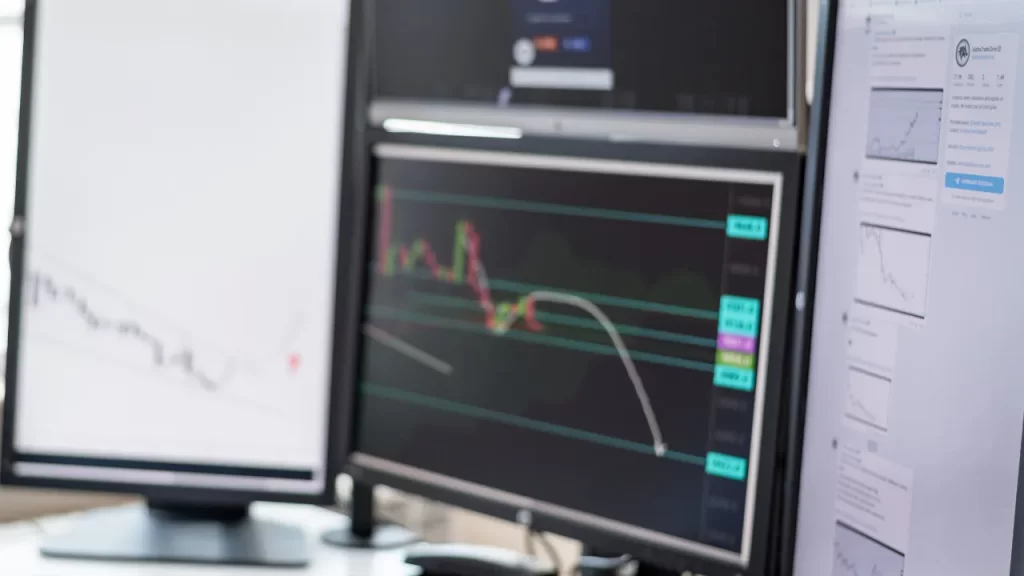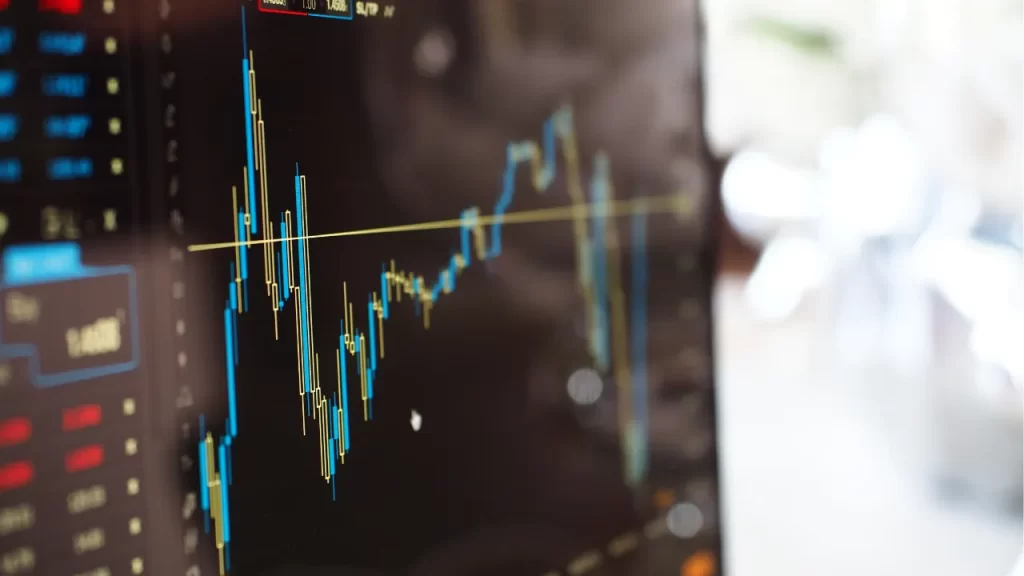CFD (Contract for Difference) trading can be highly rewarding, but it also carries significant risks.
One of the best ways to gain experience, develop strategies, and build confidence without risking real money is by using a demo account.
A CFD demo account allows traders to practice in a risk-free environment using virtual funds.
This article will guide you through everything you need to know about demo trading, including how to set up an account, its benefits, and how to transition to live trading successfully.

What is a CFD Demo Account?
A demo account is a simulated trading account provided by CFD brokers.
It mirrors real market conditions, allowing traders to execute trades, test strategies, and familiarize themselves with the platform using virtual funds instead of real money.
Key Features of a Demo Account:
- Risk-Free Trading: No real money is involved.
- Live Market Simulation: Prices and trading conditions are similar to real markets.
- Access to Trading Tools: Includes charts, indicators, and risk management tools.
- No Financial Obligation: Most brokers offer demo accounts for free.
Why Should You Use a Demo Account for CFD Trading?
- Learn How CFD Trading Works: Understand leverage, spreads, margin requirements, and order types.
- Get Familiar with Trading Platforms: Explore platforms like MetaTrader 4 (MT4), MetaTrader 5 (MT5), or cTrader. Practice placing trades and adjusting settings.
- Develop and Test Trading Strategies: Scalping – Short-term trades to capture small price movements. Day Trading – Opening and closing positions within the same day. Swing Trading – Holding positions for several days to capitalize on trends.
- Improve Risk Management Skills: Practice setting stop-loss and take-profit orders.
- Gain Trading Confidence: Experience market fluctuations in a simulated environment.

How to Open a CFD Demo Account: A Step-by-Step Guide
Step 1: Choose a CFD Broker
- Look for a reputable regulated CFD broker.
- Consider platform features, spreads, fees, and available assets.
- Check if the broker offers a free unlimited demo account.
Step 2: Register for a Demo Account
- Visit the broker’s website and select “Open a Demo Account.”
- Fill in the required details (name, email, phone number).
- Choose a trading platform (MT4, MT5, cTrader, or proprietary platform).
Step 3: Download the Trading Platform
- If required, download the broker’s trading platform or use the web-based version.
Step 4: Log in and Set Up the Account
- Use the login details sent by the broker.
- Select the virtual deposit amount (some brokers allow you to adjust the starting balance).
Step 5: Start Trading with Virtual Funds
- Explore the market watch, charts, and order execution features.
- Place demo trades to practice entry and exit strategies.

How to Make the Most of a CFD Demo Account
Treat It Like a Real Account:
- Mistake: Taking reckless risks because there’s no real money involved.
- Solution: Trade as if it’s your actual money to develop disciplined habits.
Test Different Trading Strategies:
- Try trend-following, breakout, and reversal strategies.
- Use indicators like RSI, MACD, Bollinger Bands, and Moving Averages.
Practice Risk Management:
- Set stop-loss and take-profit levels for every trade.
- Learn how to manage position sizing and leverage effectively.
Monitor Market Conditions:
- Check how news events impact price movements.
- Observe how different assets (forex, stocks, indices, commodities) behave.
Keep a Trading Journal:
- Track your trades, strategies, and mistakes.
- Review performance and adjust strategies accordingly.

Transitioning from Demo to Live Trading
- Start Small: Begin with a small deposit and low-risk trades.
- Trade with a Strategy: Stick to the trading strategy that worked in the demo account.
- Control Emotions: Understand that demo trading lacks emotional pressure. Be aware that fear and greed can impact decision-making with real money.
- Use Proper Risk Management: Never risk more than 1-2% of your trading capital per trade.
- Accept Losses as Part of Trading: Even successful traders experience losses—the key is to manage risk and stay consistent.
Conclusion
A CFD demo account is an invaluable tool for traders at all levels. It allows you to practice in a risk-free environment, develop trading skills, and test strategies before committing real money.
By making full use of a demo account, you can build confidence and improve your chances of success when trading CFDs with real money.






